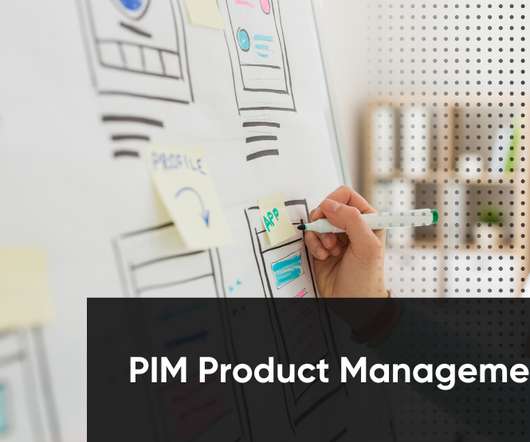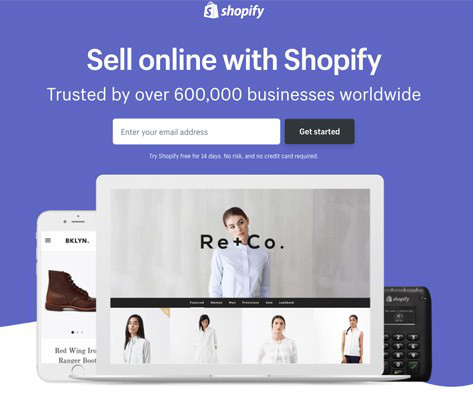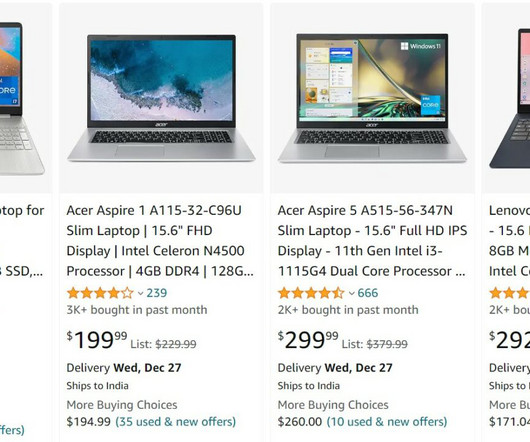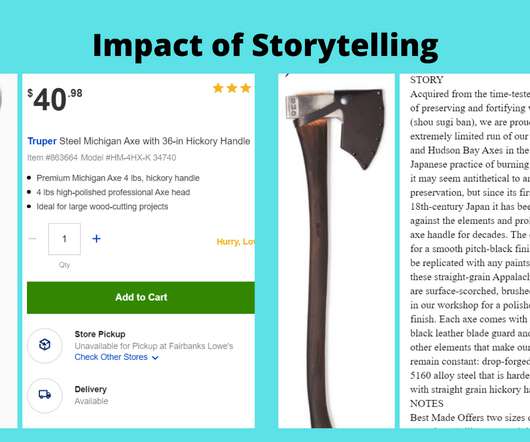Building vs. Buying a PIM: Part 2 - Product Management
Fabric Blog
DECEMBER 28, 2020
A product information manager (PIM) is primarily responsible for storing product data, allowing team members and partners to create and update that data, and distributing product data to customers.

















Let's personalize your content